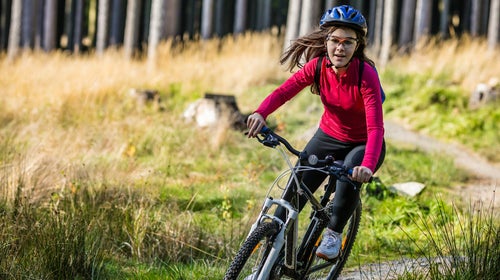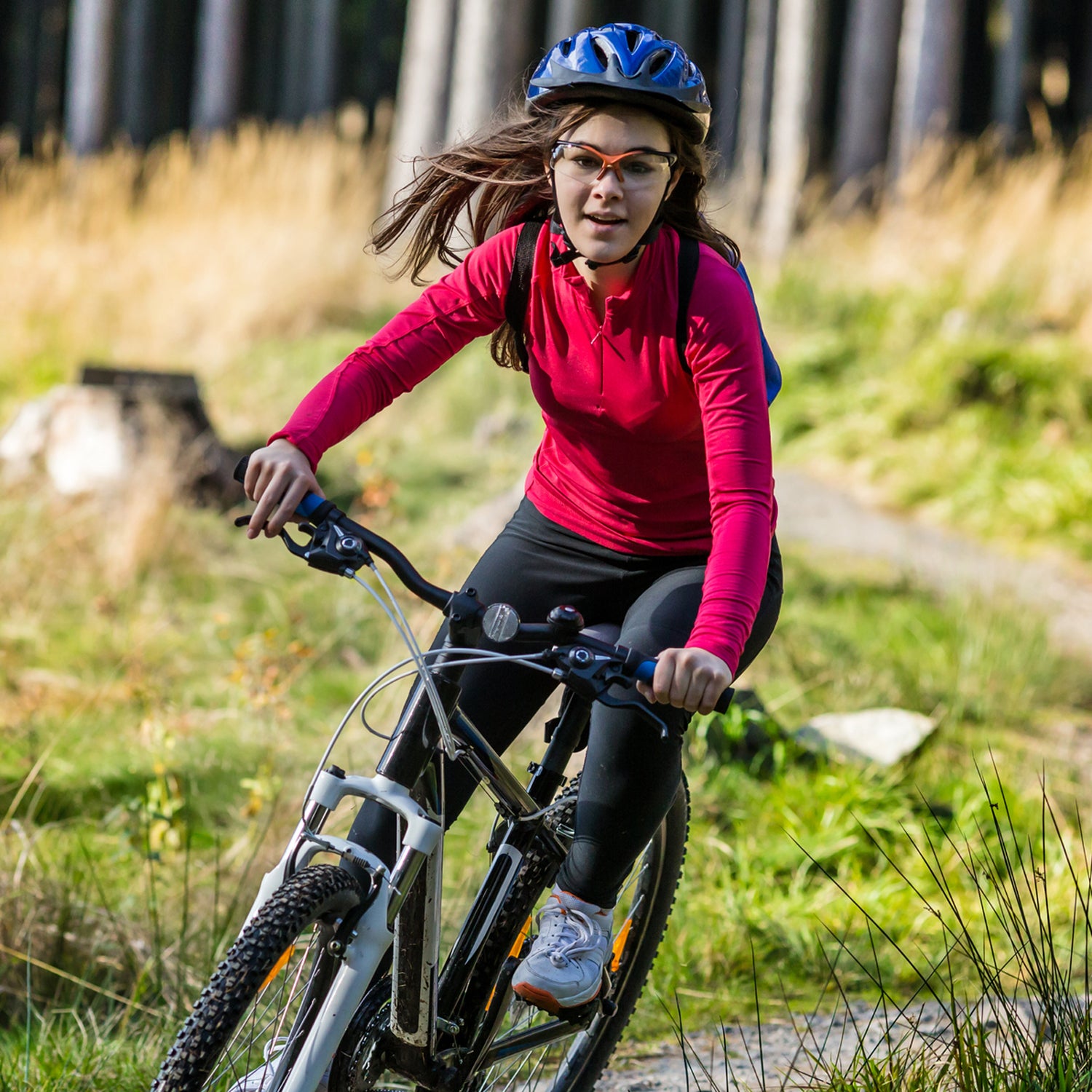In 2015, former mountain biker Tina Ooley was coaching a group of middle school girls in Durango, Colorado, a bike-crazed town where even little kids dream of becoming pro cyclists. Several of the kids in Ooley’s group had been biking almost since they could walk; some were better bikers than most adults.
And then a new girl joined—an 11-year-old who had just moved to the mountains, had never been on a mountain bike before, and did not have the kind of expensive bike that’s de rigueur around there. During her first group ride, the new girl was so far behind that she broke down in tears. The same thing happened on the next ride, too, and the one after that. “We had many of those days, her and I, helmets off, crying together,” Ooley said. “I’ve cried at many a ride, too, so I’m good at dealing with it.”
Instead of just offering effusive encouragement, Ooley also talked to the girl about the fear and self-doubt that can come with trying a new sport—and the girl stuck it out. But without that kind of patience and understanding, the young biker might have quit. In her years as a cycling coach, Ooley has frequently witnessed girls leaving the sport around middle school. In an effort to keep more of them, she decided to launch an alternative mountain-biking program in Durango that focuses less on training young people to be cyclists and more on using bikes “as a tool to teach people what they’re capable of,” she said.
In 2017, Ooley founded EveryPedal, which was originally designed for middle school girls but now includes both boys and girls from elementary through high school. The first year, five girls signed up; the next year, 65 did. In 2020, she expects to have 150 participants.
Other coaches I spoke with said they understood the draw: while youth cycling programs often recruit girls at roughly the same rate as boys, retaining girls through middle school can be a struggle. Pete Webber, executive director of Boulder Junior Cycling, also in Colorado, said it’s not clear what exactly turns them off, whether it’s simply a decision to pursue other interests or because mountain biking develops a macho vibe, but the data backs up the gender gap: only 20 percent of National Interscholastic Cycling Association (NICA) members and 15 percent of USA Cycling members identify as female.
“We had many of those days, her and I, helmets off, crying together.”
This gender imbalance doesn’t only show up in cycling. Of more than 5,000 surfers surveyed by the Surfrider Foundation, 90 percent were male. And a 2013 survey of people who participate in snow sports like skiing and snowboarding found that 62 percent were male. The disparities start early: parents of preschool girls are 16 percent less likely to give their children outdoor playtime than parents of preschool boys, and older girls are 10 percent less likely to participate in outdoor activities than boys.
Because playing sports has been linked to better grades, increased self-esteem, and better physical health, these numbers matter. Gender inequality in outdoor sports can create environments where sexual harassment and discrimination run rampant and where female athletes and outdoorswomen are undervalued. The average men’s team at road biking’s international UCI World Tour, for instance, enjoys a $16 million budget, while a comparable women’s team gets just $200,000. Women are also excluded from the Tour de France—and there’s no women’s equivalent.
In the past few years, the cycling community has worked toward equality by fighting for equal prize money and launching women’s-only gatherings like Roam Fest, which brings together 300 female-identifying mountain bikers to North Carolina each year. But until recently, the industry has paid less attention to addressing the root of the problem: making sure kids of all gender identities have equal access to outdoor recreation.
Now organizations like Ooley’s EveryPedal, as well as traditional junior cycling programs, are taking steps to ramp up girls’ involvement. The Cycle Effect, in Eagle, Colorado, focuses specifically on getting low-income and underrepresented teenage girls on bikes. At the national level, NICA recently launched an initiative called Girls Riding Together, or GRIT, to recruit and retain more female riders. Boulder Junior Cycling has committed to raising girls’ participation from 20 to 40 percent in three years, in part by hiring more female coaches, making single-gender groups available at every age, and offering a fleet of affordable rental bikes so girls can try the sport without the financial commitment.
So far those simple steps seem to be working. “We’re seeing rapid change,” Webber said about Boulder Junior Cycling. “Especially with teenage girls right now, we’re just not seeing that drop-off.”
And when girls stick with a sport, there can be a ripple effect. The girl who kept breaking down in tears with Ooley in Durango? She went on to become a state mountain-biking champion and now acts as a role model and mentor for younger girls in the area.

